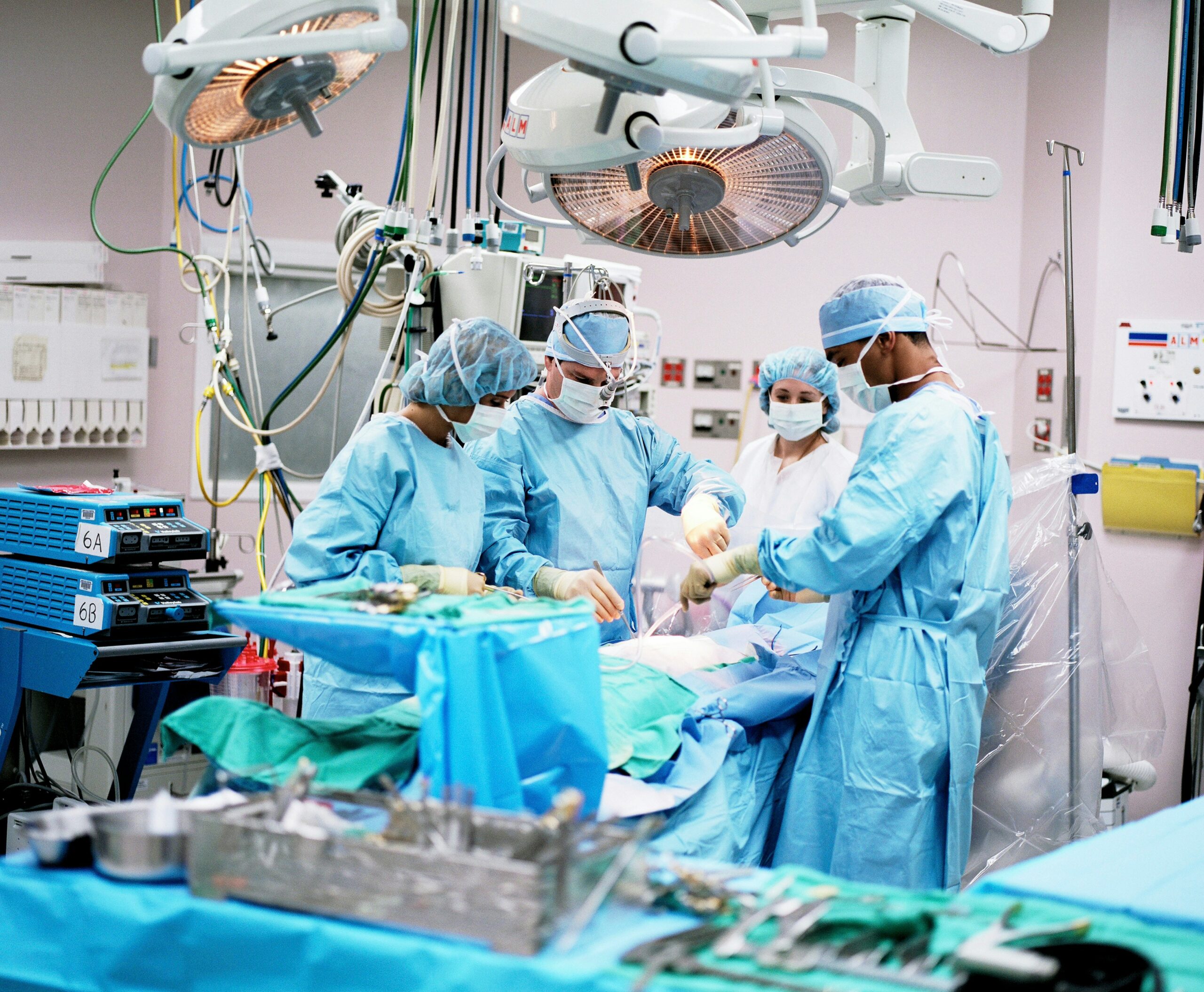
Surgery has always been central to improving patient care, and robotic-assisted procedures represent one of the most transformative shifts in modern medicine. These advanced technologies give surgeons more precision, flexibility, and control than ever before, allowing them to perform complex operations with enhanced accuracy. As a result, patients benefit from safer procedures, shorter recovery times, and reduced risks of complications.
Furthermore, robotic surgery is not designed to replace surgeons’ expertise but rather to empower them. Hospitals are creating a new standard of care by combining human skill with advanced robotic systems. This collaboration between man and machine ensures that patients receive technologically advanced and deeply personalized treatments.
Enhancing Precision and Control
One of the most remarkable advantages of robotic-assisted surgery is its unparalleled precision. Unlike traditional surgical methods, robotic systems can translate a surgeon’s hand movements into tiny, highly accurate motions. This allows for procedures that minimize tissue damage and improve overall outcomes. In addition, the magnified 3D visualization provided by robotic platforms helps surgeons see anatomical structures with incredible clarity, which is critical for delicate or minimally invasive surgeries.
Moreover, this precision directly contributes to fewer surgical complications. Patients often experience less blood loss, fewer infections, and faster recovery than with conventional techniques. As the technology continues to evolve, these benefits are expected to expand, making robotic surgery an even more attractive option for various medical conditions.
Expanding Access Across Specialties
Robotic-assisted surgery is no longer confined to a single field of medicine. Initially used in urology and gynecology, it has expanded into cardiac, thoracic, colorectal, and orthopedic procedures. This widespread adoption demonstrates robotic platforms’ versatility and ability to adapt to different types of surgical challenges. Each specialty finds new ways to harness the power of robotics to improve outcomes and reduce patient discomfort.
Additionally, as more hospitals invest in robotic systems, patients in diverse geographic areas are gaining access to this advanced care. Previously, cutting-edge surgical technology was often limited to major urban centers, but today, even community hospitals are beginning to integrate robotic systems. This broader accessibility ensures that more people can benefit from safer, more efficient surgeries, regardless of location.
Improving the Patient Experience
The impact of robotic-assisted surgery extends far beyond the operating room. Because these procedures often require smaller incisions, patients experience less postoperative pain and reduced scarring. This not only improves the physical recovery process but also enhances emotional well-being. Patients frequently report greater satisfaction with the cosmetic outcomes of minimally invasive procedures, which adds to the overall quality of care.
Furthermore, patients highly value shorter hospital stays and quicker returns to normal activities. Recovering at home with fewer restrictions fosters a sense of independence and control. As healthcare systems strive to improve patient-centered care, robotic-assisted surgery aligns perfectly with these goals by making recovery less burdensome and empowering.
Training the Next Generation of Surgeons
With the growing integration of robotics into surgical practice, training the next generation of surgeons has become a priority. Medical schools and residency programs are increasingly incorporating robotic training into their curricula. This ensures that future surgeons are skilled in traditional techniques and proficient with advanced technology. Simulated surgical environments allow trainees to practice procedures in a safe and controlled setting before working with real patients.
At the same time, experienced surgeons continuously learn to keep pace with technological advances. As robotic systems evolve, professional development programs allow surgeons to refine their skills and expand their capabilities. This ongoing education ensures that patients consistently receive care and are informed by the latest innovations and best practices.
Addressing Challenges and Limitations
While robotic-assisted procedures are transforming modern surgery, they are not without challenges. One of the most significant barriers is cost. Robotic systems are expensive to purchase, maintain, and operate, which can strain hospital budgets. This financial burden sometimes limits the availability of robotic surgery, particularly in smaller healthcare facilities or underfunded regions. However, as technology becomes more widespread, costs are expected to decrease, making it more accessible.
Another limitation lies in the steep learning curve associated with robotic platforms. Surgeons must undergo specialized training, and proficiency takes time to develop. Despite this, the long-term benefits often outweigh the challenges, as skilled surgeons can deliver superior outcomes once they have mastered the technology. The ongoing commitment to education and collaboration across the medical community is key to overcoming these hurdles.
Looking Toward the Future
The future of robotic-assisted surgery holds enormous promise. Advancements in artificial intelligence, machine learning, and real-time data analytics are expected to enhance surgical capabilities further. These innovations will allow robotic systems to provide predictive insights, guide decision-making, and assist with personalized treatment plans based on patient-specific data. As these technologies mature, they will help create more precise surgeries and be more adaptive to individual needs.
Equally important, patient demand for minimally invasive procedures continues to grow, driving further adoption of robotic systems worldwide. As accessibility improves and costs decline, robotic surgery may become a standard of care rather than an advanced option. This evolution will redefine the surgical experience for patients and healthcare providers, setting a new benchmark for what modern medicine can achieve.